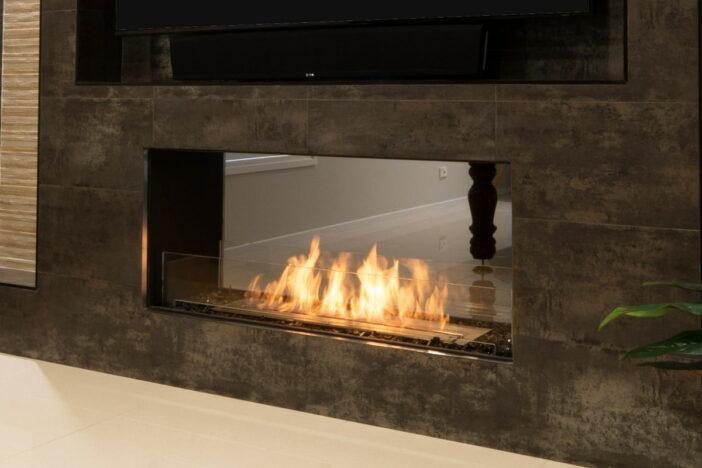
Fireplace inserts
As the leaves start to fall and the crisp, cool air of Autumn begins to seep in, the allure of a warm, crackling fire becomes undeniable. Nestling on cool evenings with a hot mug of cocoa, reading your favorite book by a brilliant inserted fireplace isn’t just found in idyllic country living magazines. You too can bring this quintessential hallmark of cozy relaxation into your home with the right fireplace insert.
Whether you’re considering an energy-efficient electric fireplace, eco-friendly bioethanol fireplace or seeking to enhance your space’s ambiance, our comprehensive Fireplace Insert Buying Guide is here to light up the pathway to your perfect purchase. Just as a well-roasted marshmallow is crucial for a swoon-worthy s’more, find out why choosing the right fireplace insert is key to creating an unforgettable atmosphere inside your home. Get ready for more than just sparks to fly as we dive deep into everything you need to know!
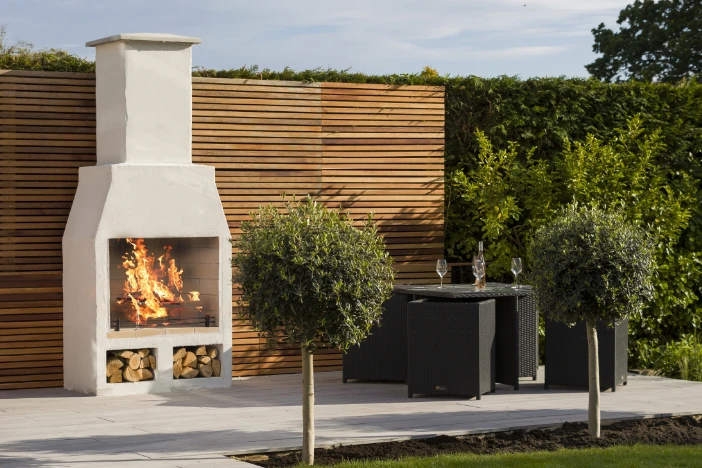
Advantages of fireplace inserts over traditional fireplaces
If you live in a home with an empty fireplace, installing a fireplace insert is one of the best decisions you can make. There are countless advantages to using an insert instead of relying on traditional wood-burning fireplaces.
Energy efficiency of firebox inserts
One of the most significant advantages of fireplace inserts is their energy efficiency. Traditional fireplaces are notorious for letting out heat, causing wasted energy and driving up heating bills. On the other hand, fireplace inserts are designed to trap and recirculate heat throughout your home efficiently. With these add-on fireplaces, homeowners can expect to save hundreds of dollars per year on their heating bills.
Fireplace inserts are safer
In addition to being more energy-efficient, insert fireplaces are much safer than wood fireplaces that produce sparks and embers that can accidentally cause fires or leave burn marks on carpets and floors. Fireplace inserts come equipped with top-quality screens to prevent sparks from escaping while also improving air quality by ensuring smoke and fumes are released through your chimney effectively.
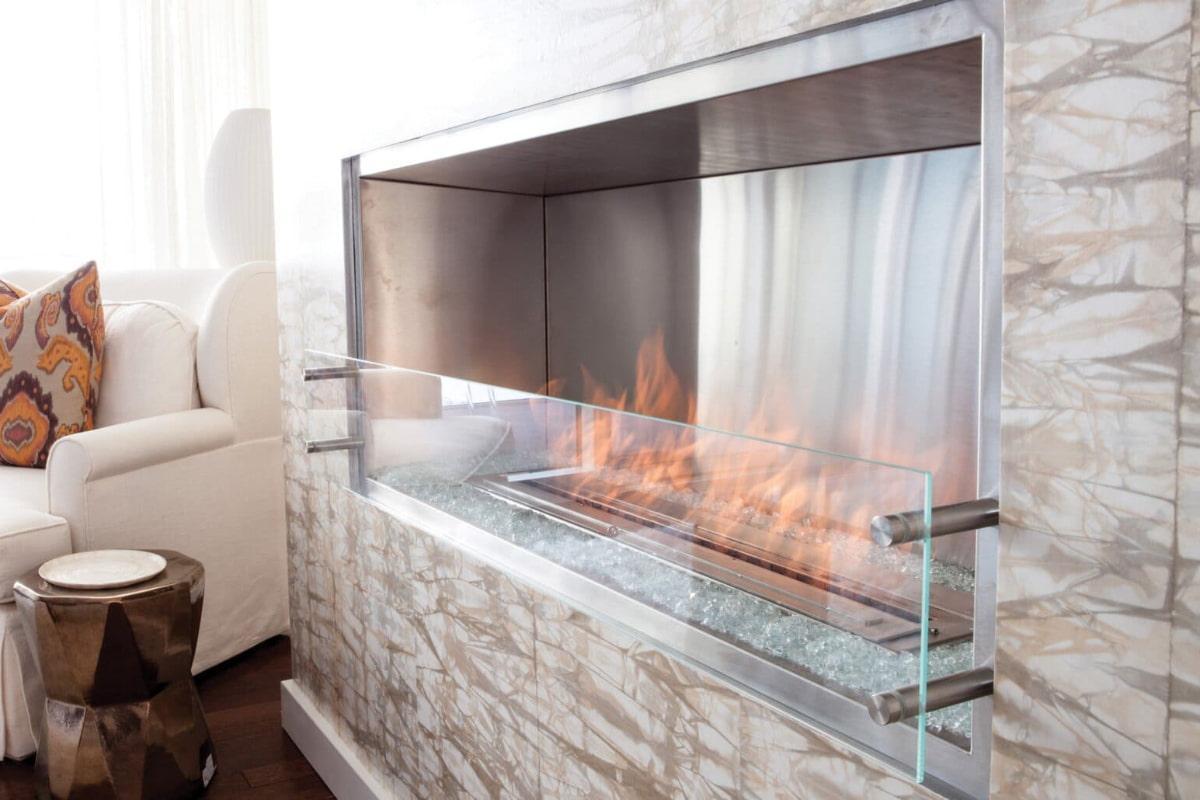
Fireplace inserts have a wide range of styles
Some argue that traditional wood-burning fireplaces add aesthetic value to their home that insert models cannot replicate. While it’s true that there’s something special about lounging by a crackling fire on winter nights, many inserts have been designed with aesthetics in mind and feature beautiful finishes that cater to a broad spectrum of design styles.
Easier maintenance with firebox inserts
Furthermore, traditional fireplaces require more maintenance than fireplace inserts do. The chimneys must be swept regularly to keep debris and creosote buildup from starting dangerous chimney fires. In contrast, running a few air-cleaning filters through your fireplace insert is all it takes to keep it functioning smoothly.
When comparing traditional fireplaces and fireplace inserts, it’s clear that inserted units are the better investment for homeowners. They offer some benefits over their counterparts such as energy-efficient heating, improved air quality and safety without compromising on style or aesthetics. They’re much easier to clean too.
Choosing the right fireplace insert
To determine your optimal inserted firebox, you have to consider where it will be located, existing ventilation, space and fuel types. Style and decorative accents may impact your final choice, but logistical and functional characteristics should be the main drivers of your decision.
Location is everything…well, almost
The old real estate adage “location, location, location” conveys the importance of where something exists. When determining your fireplace insert options, where you are installing it establishes parameters for the acceptable size, positioning and fuel types.
Installing an insert in an existing fireplace
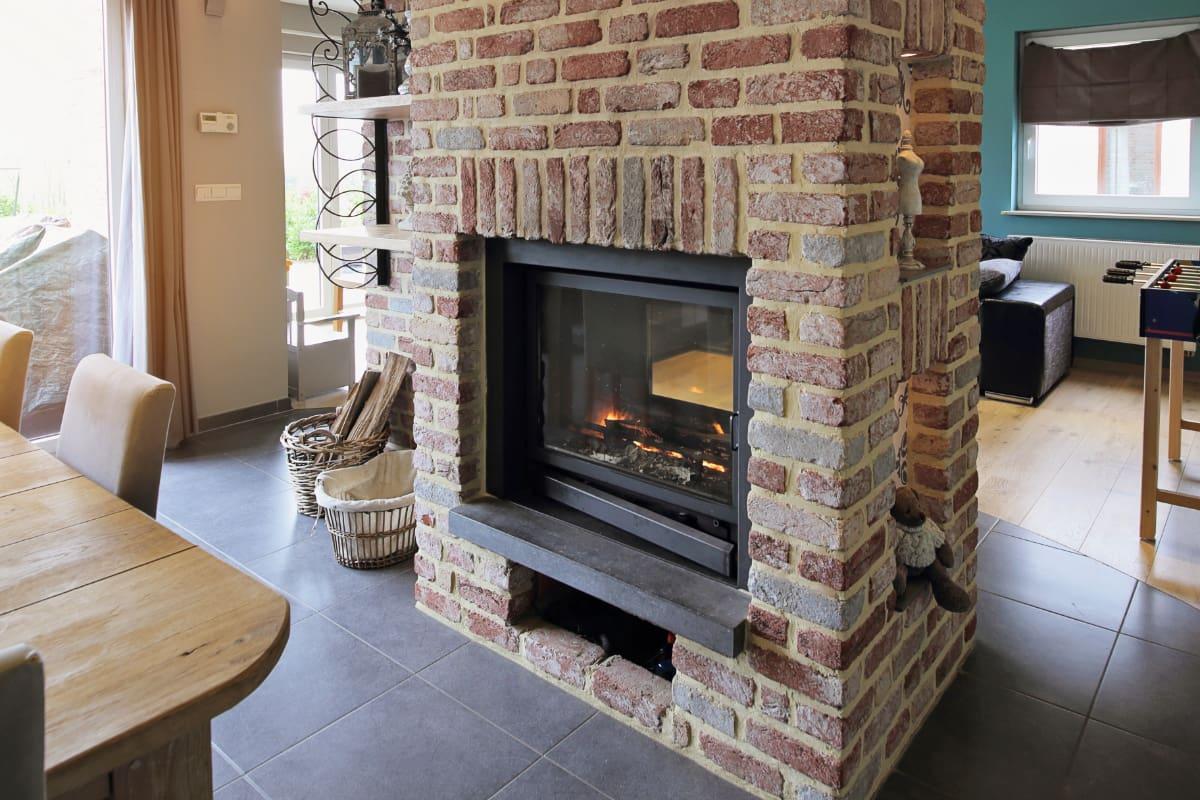
If you already have a fireplace, you can insert a metal firebox into the open space. Of course, you’ll need to fill in the gaps around the unit to secure it in place and match the surrounding hearth material. Since there’s ample ventilation via the chimney and flue, you can install a fireplace insert that burns any fuel.
Placing a firebox in a wall
If you’re starting from scratch on a bare wall, you’ll need to hire a mason to construct a chimney (very expensive), add wall vents or install a ventless fireplace. Add-on fireplaces that don’t require ventilation usually burn bio-ethanol fuel or are electric.
Outdoor fireplace inserts have natural ventilation
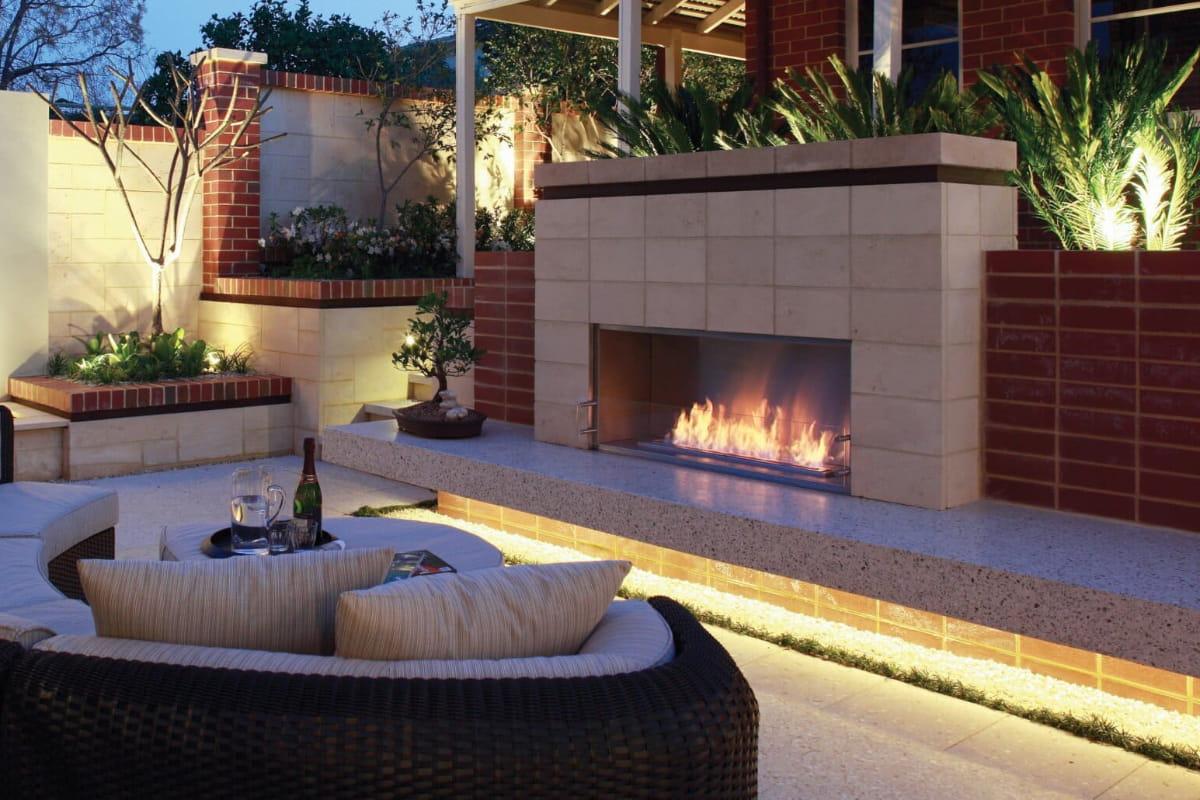
Installing a fireplace insert outdoors gives you more leeway on physical ventilation requirements (especially for gas). However, wind patterns can play havoc with wood-burning units that generate a lot of irritating smoke. Ideally, wood fireplace inserts are placed on the alee side of outdoor settings.
Surrounding items and clearances matter
Proximity to flammable materials, seating and overhead covering also impacts the placement, size and recommended fuels. Each fireplace insert has its clearance requirements to ensure safe operation. Fuels burn at different temperatures and inserts vary in their likelihood of igniting nearby items. Additionally, larger units demand greater structural support than smaller ones, which may limit where they can be installed.
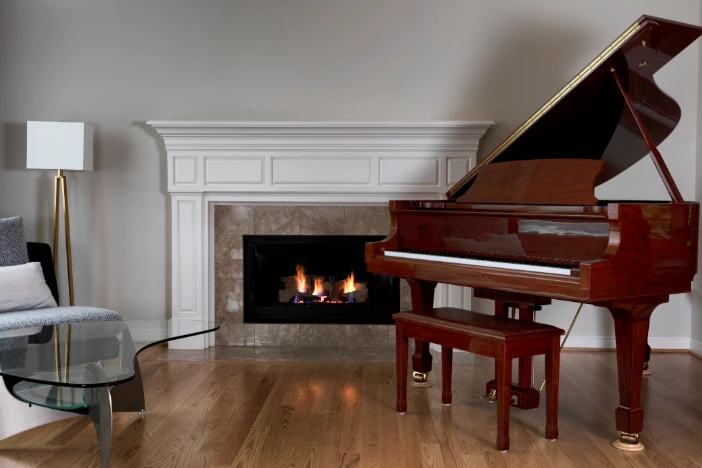
Fuel types for firebox inserts
Add-on fireplace inserts typically burn one of five main fuels, each with advantages and disadvantages.
- Wood
- Gas (Liquid Propane or Natural Gas)
- Bio-Ethanol
- Pellets
- Electric
Ideally, you want a fuel and fireplace insert that will fit your needs and preferences, while providing optimal performance and heating efficiency. Due to the nature and requirements of each fuel, different types of fireplace inserts will be more appropriate for some circumstances and less for others.
Fireplace insert facts
- According to the National Fireplace Institute, an efficient wood-burning fireplace insert can heat up to 2,000 square feet of living space.
- EPA-certified wood-burning fireplace inserts have been found to reduce wood use by up to 30% through variable-rate control models.
- A study by the Hearth, Patio and Barbecue Association (HPBA) showed that approximately 70% of fireplace insert purchases in 2022 were either direct vent gas or high-efficiency pellet inserts.
- Bio-ethanol and electric fireplace inserts are 100% energy-efficient (since no heat is lost to venting), while gas versions reach the low 80% range and wood-burning models only upper 70% at best (traditional wood fireplaces are only 10% efficient).
Which fireplace insert fuel is best for you?
Ultimately, it’s important to determine which fuel type aligns with your preferences, meets the requirements of your setting and fits within budget constraints. The next five sections of our comprehensive guide cover the primary fuel and electric versions, beginning with wood-burning models.
Guide Sections
Frequently Asked Questions – Fireplace Inserts
What are some common mistakes to avoid when choosing a fireplace insert?
When it comes to selecting the perfect fireplace insert, there are a few common mistakes that many people make. Here are three key pitfalls to avoid:
- Choosing the Wrong Size: One common mistake that homeowners make when selecting a fireplace insert is choosing one that is either too small or too large for their space. If your insert is too big, it can overheat the room, leading to discomfort and potential fire hazards. On the other hand, if your insert is too small, it may not be able to adequately heat the area you want it to. The best way to choose the right size insert is by measuring your fireplace and consulting with a professional.
- Focusing Only on Aesthetics: While it’s certainly important to choose a fireplace insert that matches the style of your home, make sure you’re also considering factors like efficiency and safety. According to the U.S. Department of Energy, inefficient wood-burning fireplaces can lose up to 90% of their heat through the chimney! That’s why it’s essential to choose an insert that not only looks great but also performs optimally.
- Ignoring Installation Requirements: Installing a fireplace insert isn’t as simple as plugging it in and turning it on. You’ll need to consider factors like proper ventilation, sizing and insulation for your particular model, and local building codes (which may require permits). Ignoring these requirements could result in a poorly functioning or even dangerous installation.
In summary, when selecting a fireplace insert, avoid mistakes such as choosing the wrong size, focusing only on aesthetics, and ignoring installation requirements. By taking into account these essential factors, you’ll be sure to choose an efficient and safe option that will provide both warmth and visual appeal for years to come!
Are there any specific requirements or regulations for installing a fireplace insert?
Yes, there are specific requirements and regulations for installing a fireplace insert. In the US, the Environmental Protection Agency (EPA) has established emission limits for wood-burning appliances, including fireplace inserts. These emission limits vary by state but generally require that new wood-burning appliances emit no more than 4.5 grams of particulate matter per hour.
In addition to EPA regulations, local building codes often have specific requirements for chimney and venting systems, clearances to walls and ceilings, and fuel storage. It is important to consult with a licensed professional to ensure compliance with these regulations and avoid any safety hazards.
According to a study by the National Fire Protection Association, heating equipment is the second-leading cause of home fires in the US, accounting for 15% of all reported home fires from 2014-2018. Proper installation of a fireplace insert can reduce the risk of fire and improve indoor air quality.
In summary, when considering purchasing a fireplace insert, it is essential to consult with a licensed professional who can guide you through the specific requirements and regulations in your area. By doing so, you can ensure compliance with regulations, reduce the risk of fire, and enjoy the benefits of an efficient heating source.
How can I ensure proper maintenance and upkeep of my fireplace insert?
Proper maintenance is key to ensuring the longevity of your fireplace insert. Here are a few tips you can follow:
- Clean the Insert Regularly: Regular cleaning of the fireplace insert helps prevent the build-up of creosote, which can be a fire hazard. Use a vacuum or brush to clean the insert, and don’t forget to remove the ash at least once a week.
- Have it Inspected Annually: It’s essential to have a professional inspect your fireplace insert every year, especially if it is a gas-powered insert. An annual inspection will ensure that everything is functioning correctly and detect any potential problems.
- Check the Chimney: A clogged or dirty chimney can cause airflow issues, leading to poor performance of your fireplace and potentially hazardous carbon monoxide buildup. Check that your chimney is clear before starting up your insert.
- Use Only Wood or Fuel Recommended for Your Insert: Some fireplace inserts are designed to burn certain types of wood or fuel. Make sure you follow manufacturer recommendations when selecting what to burn in your insert.
By following these maintenance tips, you can ensure that your fireplace insert functions safely and efficiently for years to come.
According to the National Fire Protection Association (NFPA), there were an estimated 22,500 residential building fires involving fireplaces, chimneys, or chimney connectors annually in 2014-2018 in the US alone. Proper maintenance and upkeep can significantly reduce the risk of such fires occurring.
In conclusion, investing time and effort into maintaining your fireplace insert not only enhances its lifespan but also ensures your safety and well-being as well as that of others around you.

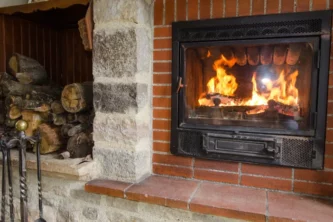
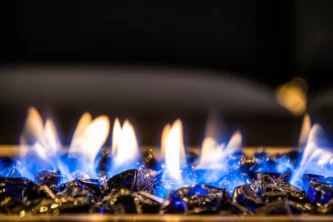
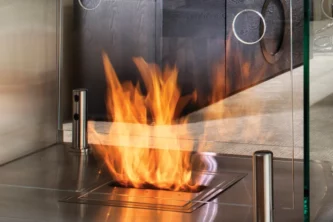

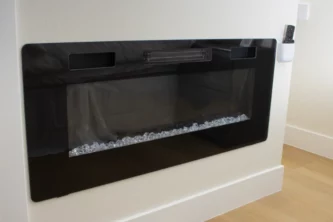
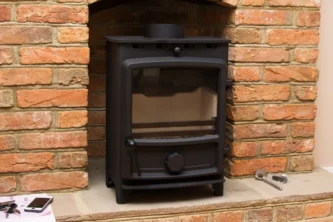




Leave a Reply